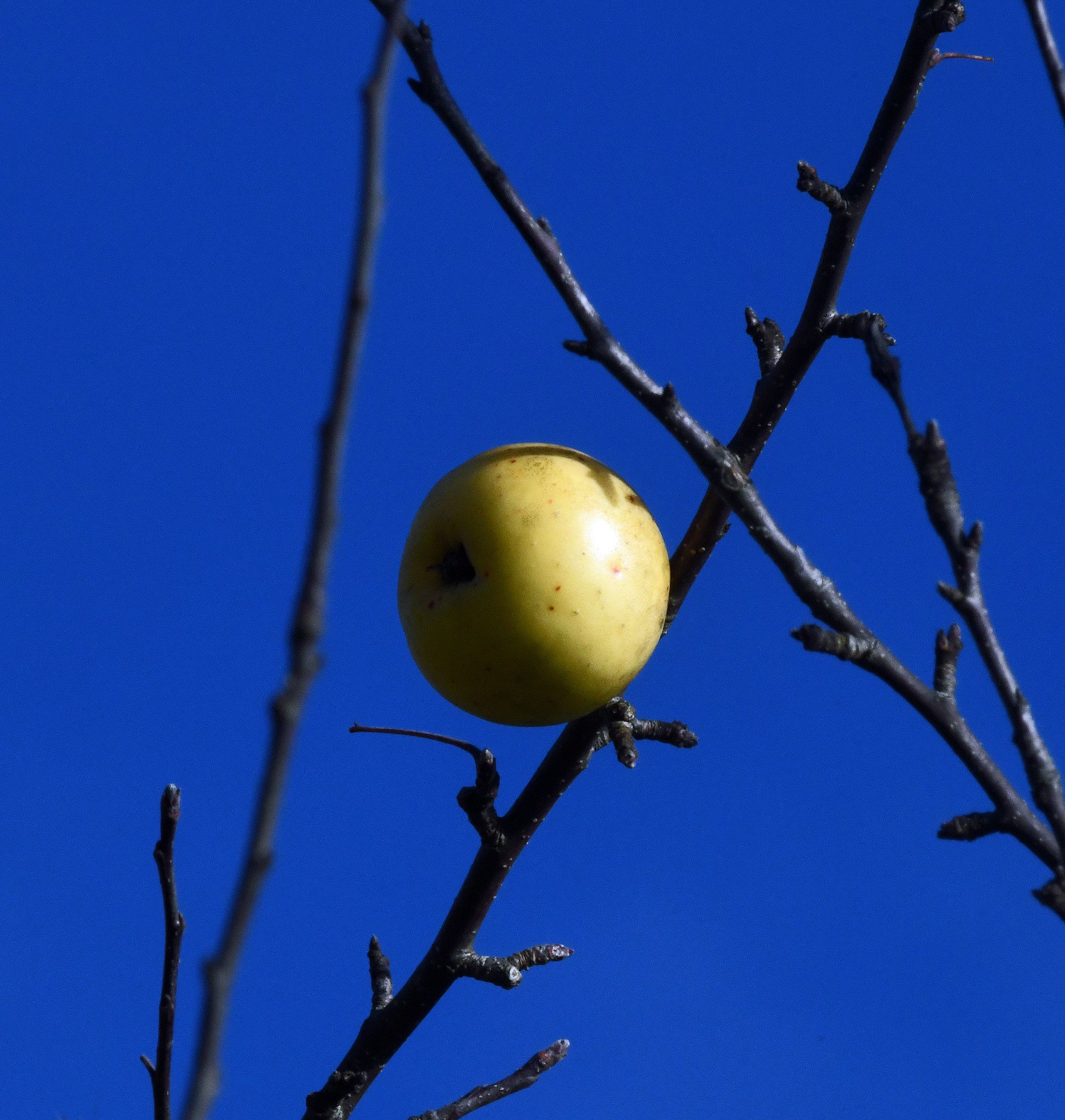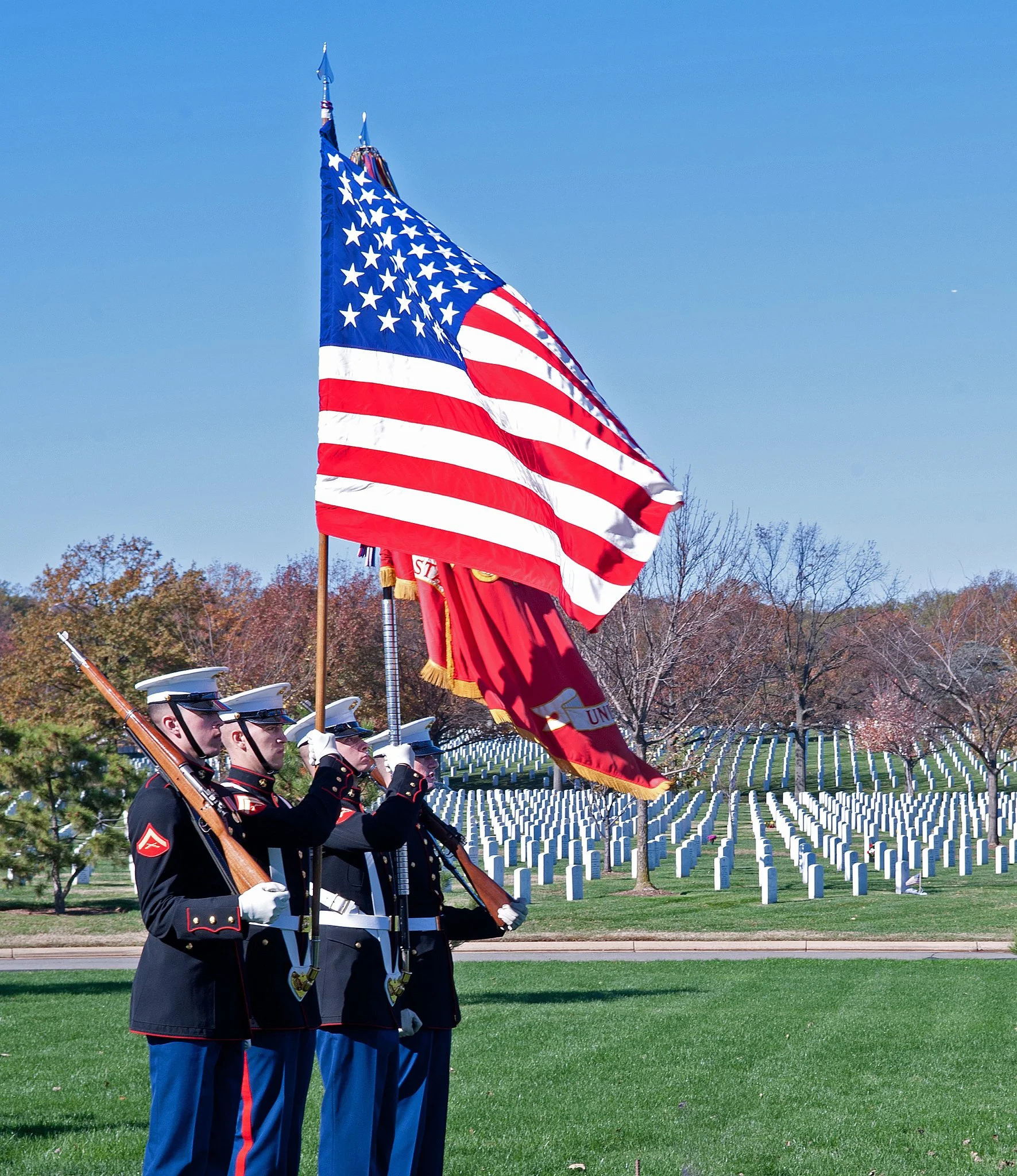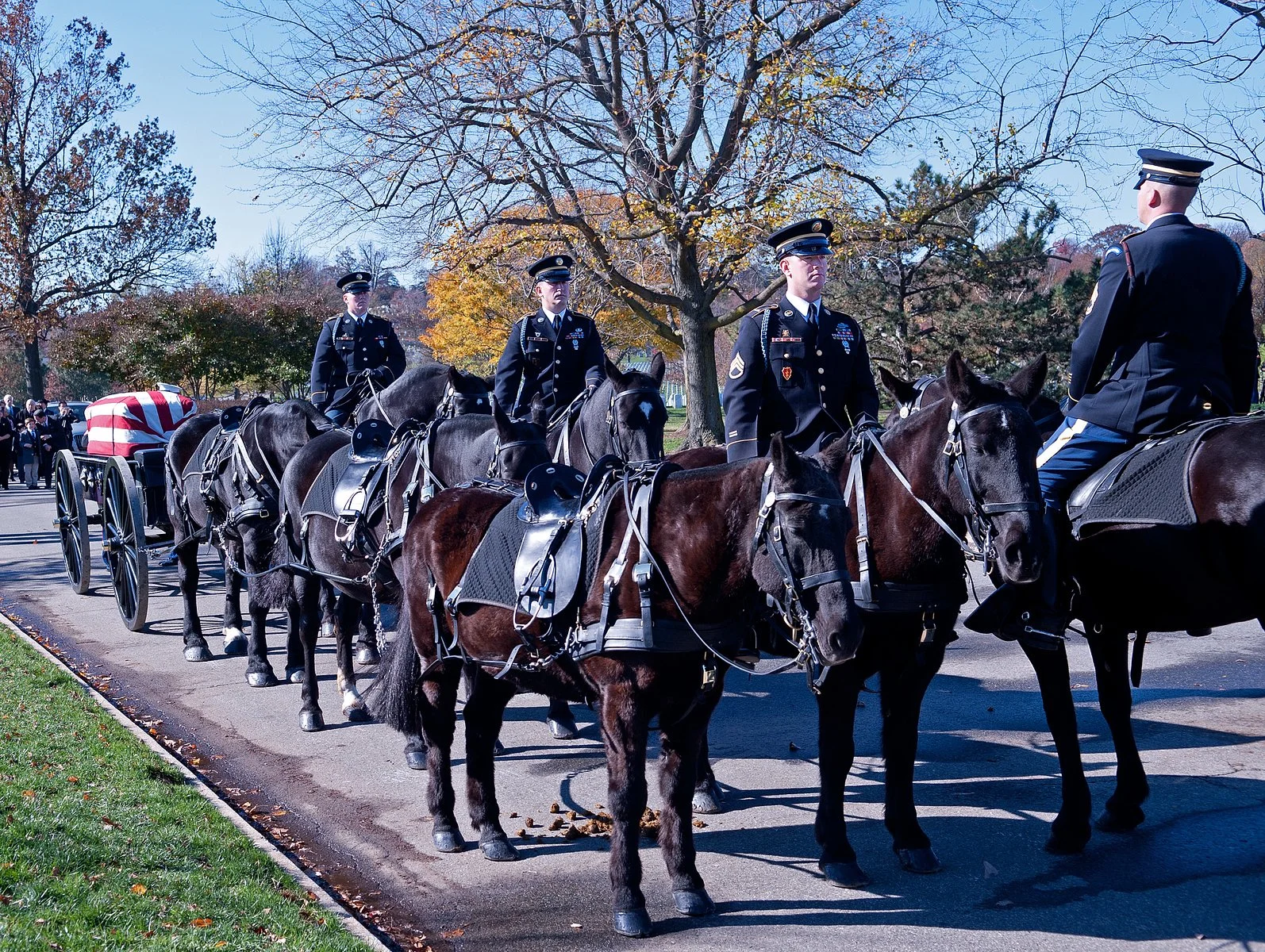Arlington also offers “Armed Forces Funeral Honors,” which are the same as the above military funeral honors with funeral escort, with the exception that escort platoons from each of the military services participate. These funerals are reserved for the President of the United States (as commander-in-chief), the Secretary of Defense, the Chairman of the Joint Chiefs of Staff, and officers granted multiple-service command.
The basic Arlington ceremony is called “Military Funeral Honors” and is for enlisted service members and warrant-officer-level personnel who are interred there. It includes a casket team, firing party, bugler, and the folding of and presentation of the U.S. flag.
“Spouses and Dependent Honors” are available to those of a current or former member of the armed forces who is buried at Arlington. For these, the military service in which the member served will provide a casket team or body bearer and a military chaplain, if requested. No other military funeral honors will be rendered unless the spouse also served in the military.
There are some special exceptions and conditions:
• Only Army and Marine Corps colonels and general officers may be provided a riderless horse, if available.
• Army, Navy, and Marine Corps general officers may receive a battery cannon salute (17 guns for a four-star general, 15 for a three-star, 13 for a two-star, 11 for a one-star), if available.
• Minute guns (guns that fire at one-minute intervals) may be used for general officers/flag officers of the Coast Guard, Marine Corps and Navy, if available.
• The President of the United States is entitled to a 21-gun salute, while other high state officials receive 19 guns.
• Currently, support from the Army’s Caisson Platoon has been suspended until further notice due to the need to rest and provide medical attention to the horse herd.
(Leighton Archive images taken at Arlington National Cemetery, Arlington Va.; Arlington Cemetery fact sheets liberally quoted.)



























































































































